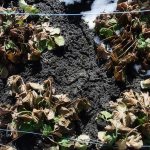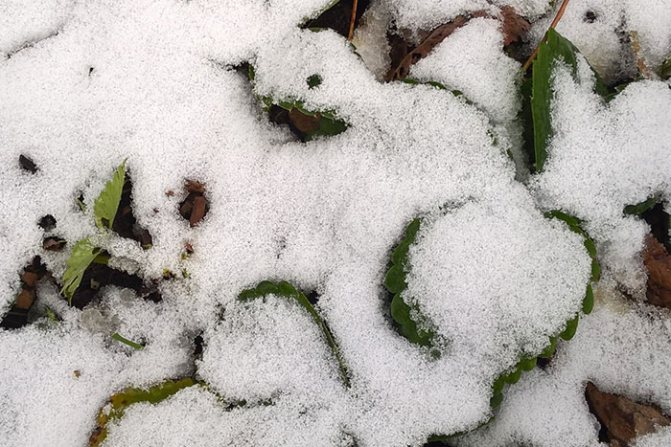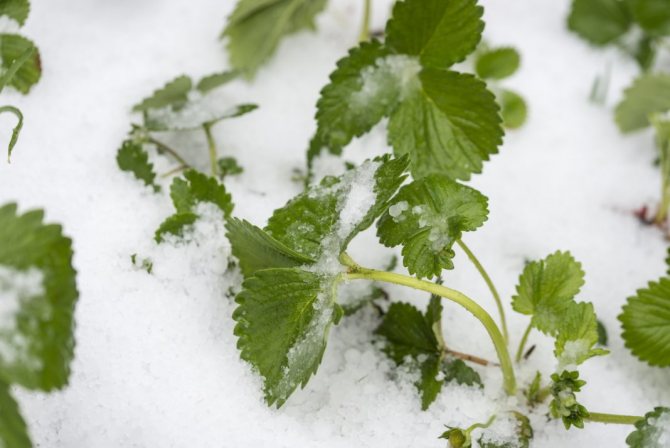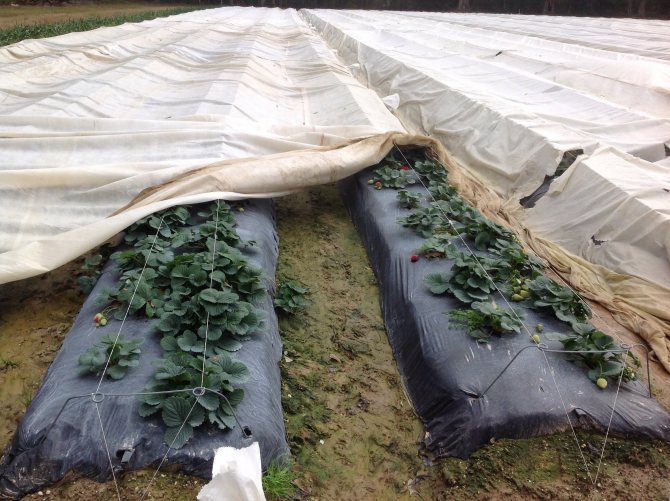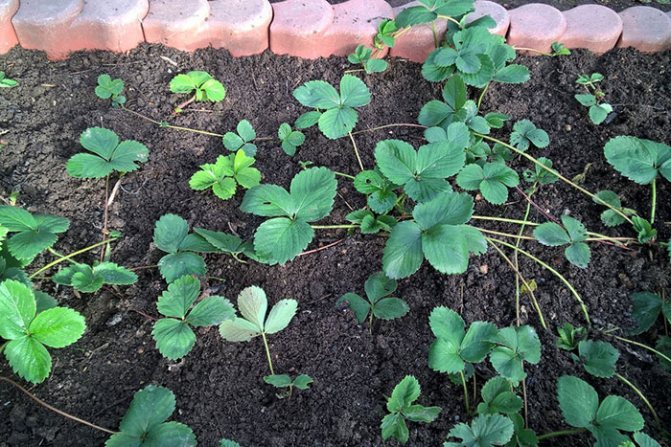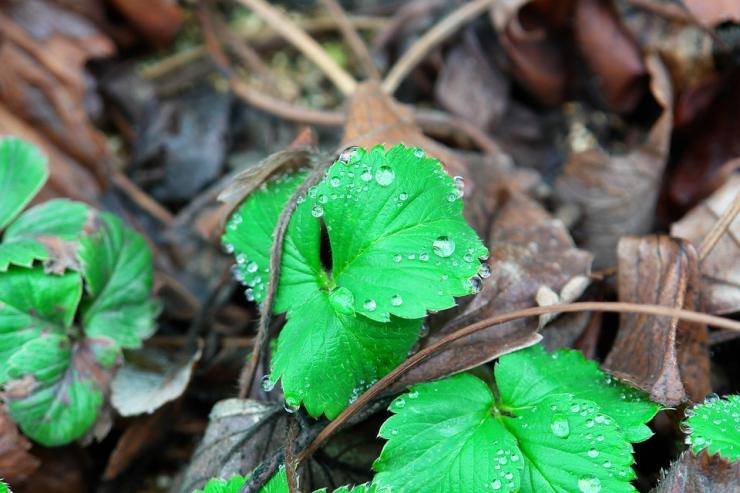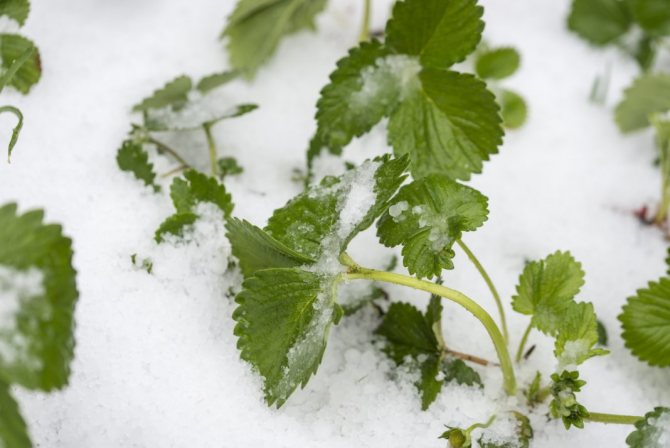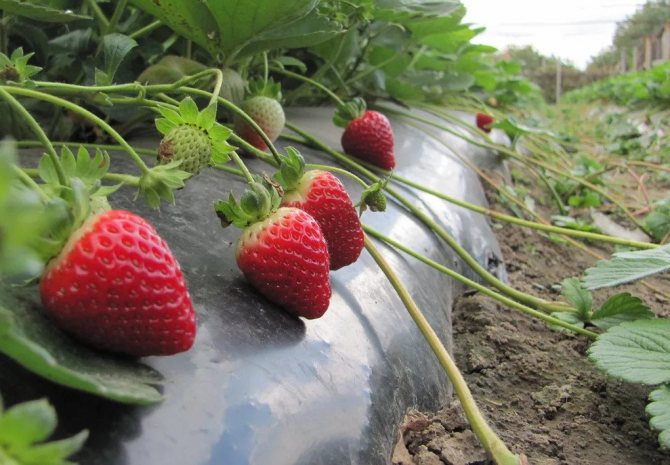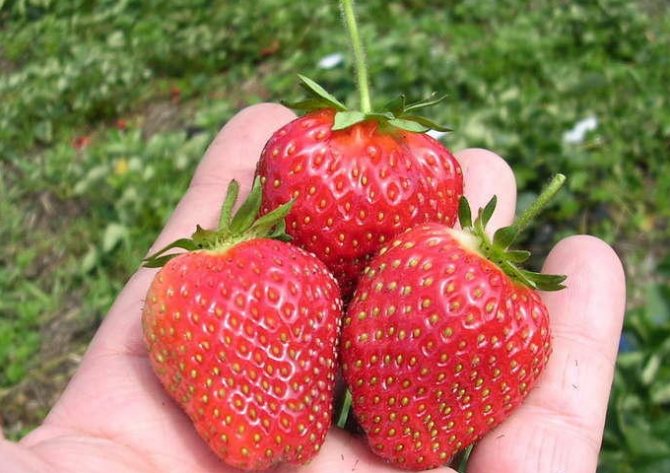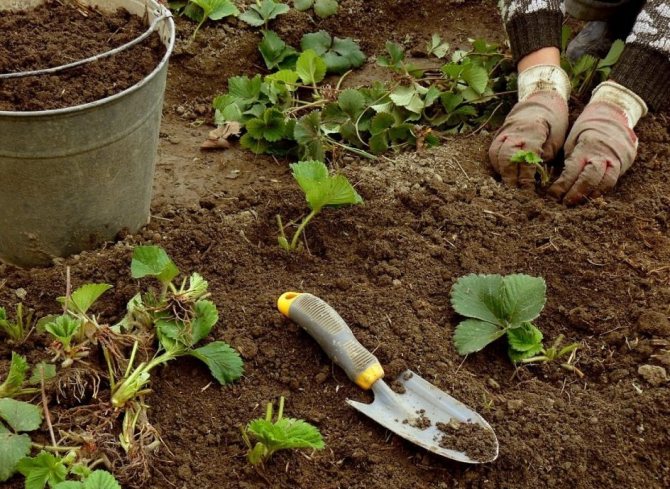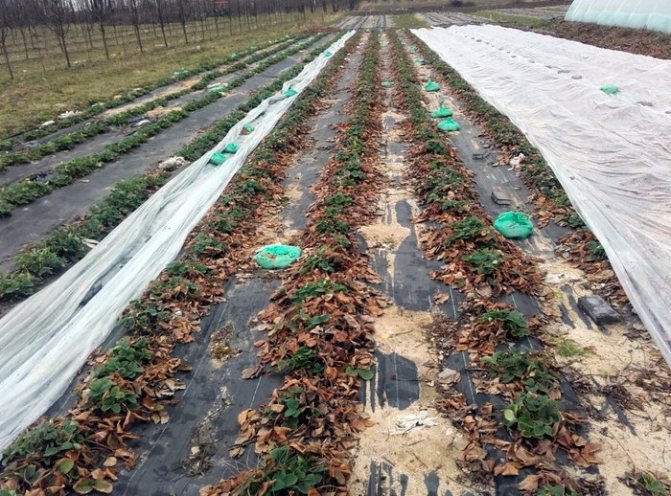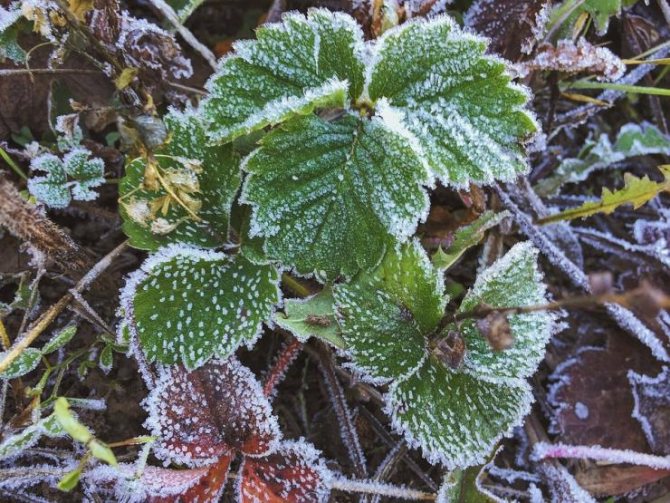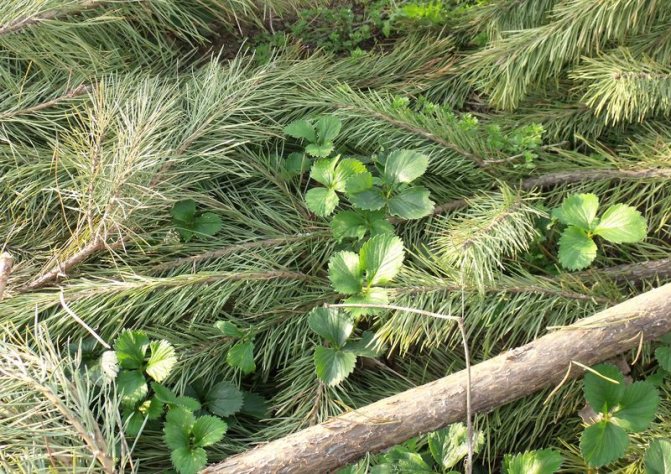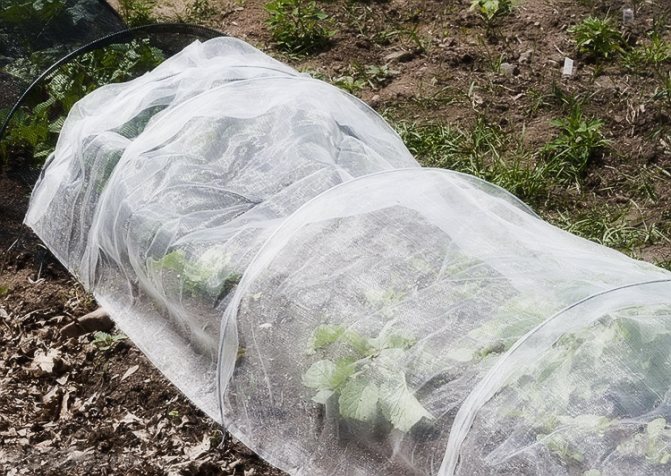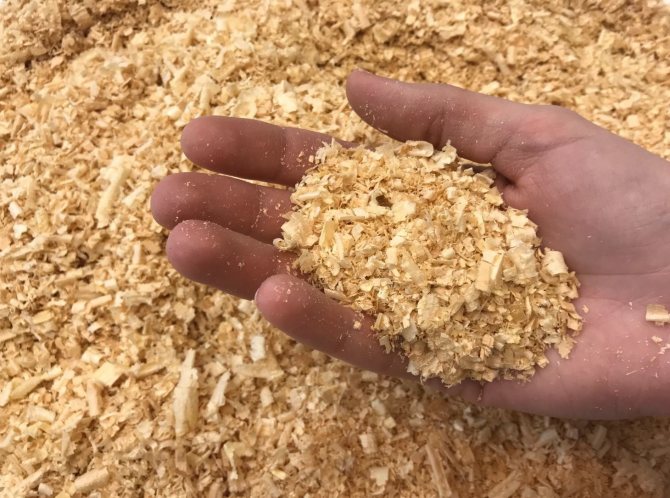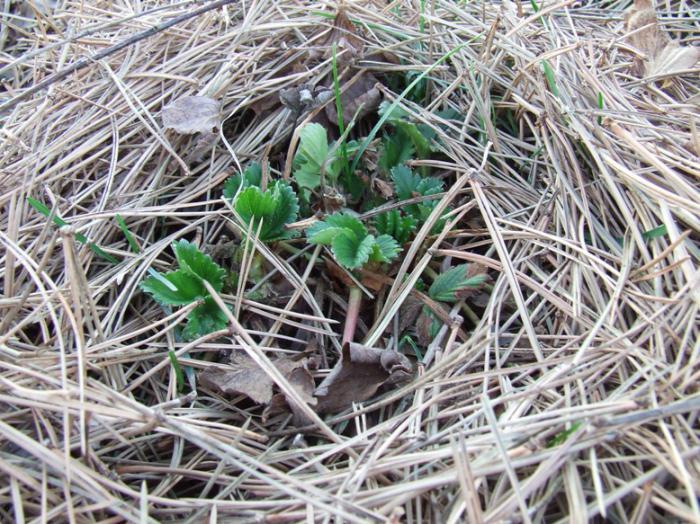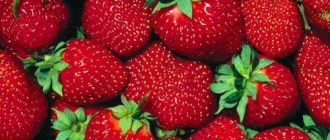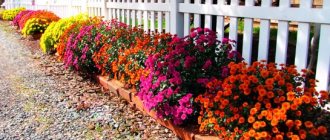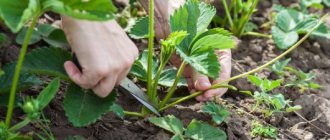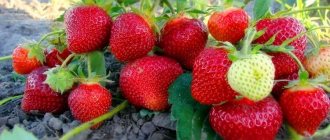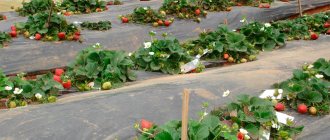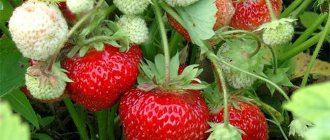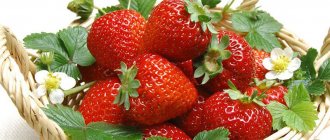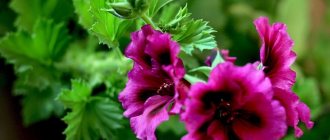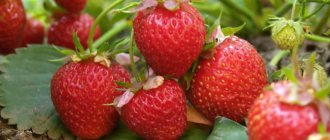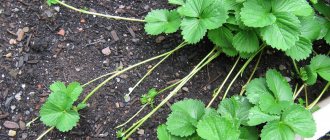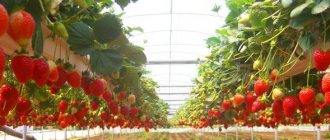Why cover plants for the winter
Not in all regions of our country in winter there is a sufficient amount of snow, which can serve as a natural shelter for strawberries. As a result, plants can freeze out when the air temperature drops to -8 ° C and below. Even if enough snow has fallen in winter, strong winds can sweep this cover and strawberries also risk freezing out.
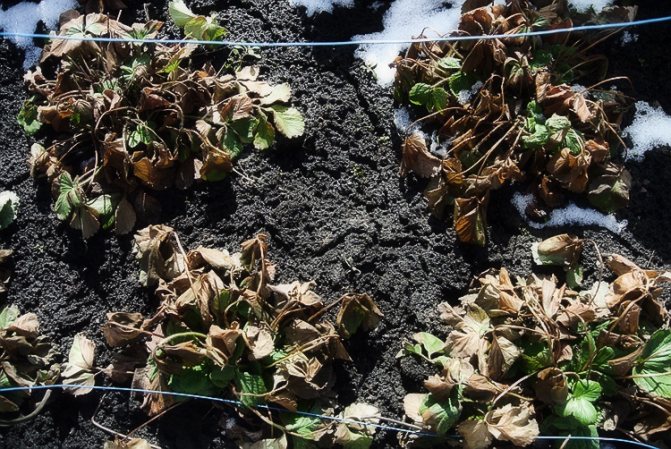
In recent years, natural phenomena such as provocative thaws have become more frequent in many regions of Russia. With the onset of spring, strawberries can take warming for a signal to wake up, but suddenly the frost that comes up can destroy weakened plants. Also, strawberries can freeze out at the very beginning of winter, when the amount of snow that has fallen is still very small, and gusts of strong winds can ruin young leaves and even plant buds.
Many summer residents are familiar with the concept of bulging. This occurs at a time when newly planted plants are pushed out by frozen soil due to lack of snow cover. Finally, untimely covered strawberries can lose their roots - severe frosts can completely destroy the root system.
A sufficient layer of covering material will help to cope with all these problems and keep the plants alive and healthy for the coming season.
When to cover strawberries
Strawberries sheltered early for the winter can begin to rot under a layer of covering material, and late sheltered plants risk freezing out. The timing of the start of the shelter may be different for each region of the country, however, in almost the entire territory of Russia, September and October are rather warm months and are not suitable for sheltering plants.
Keep an eye on the air temperature and the first frosts - when the temperature first holds out in the negative zone for a week or more, you can safely go to the site and warm the strawberries. During this period, the soil manages to freeze by only 2-3 centimeters - this is not at all detrimental to the root system.
Preparatory work
The preparatory work before sheltering strawberry bushes for winter is an important procedure to help keep plants healthy and strong.
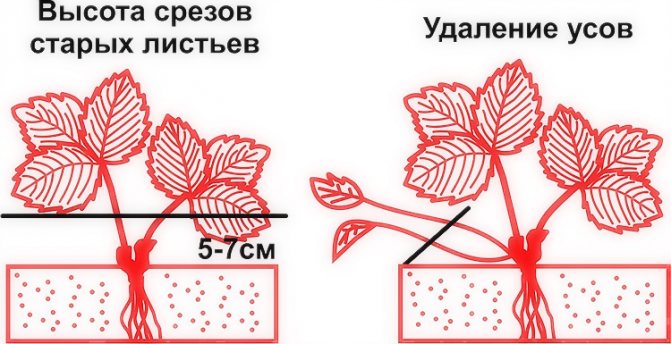

The preparation consists of several points, namely:
- trimming the mustache;
- removal of old, rotten and diseased leaves;
- loosening the soil around the bushes and between the beds;
- weeding the beds to remove all weeds;
- plant feeding;
- treatment (if necessary) with fungicides.
On the eve of the shelter of strawberries for the winter, it is necessary to clear the garden of weeds.
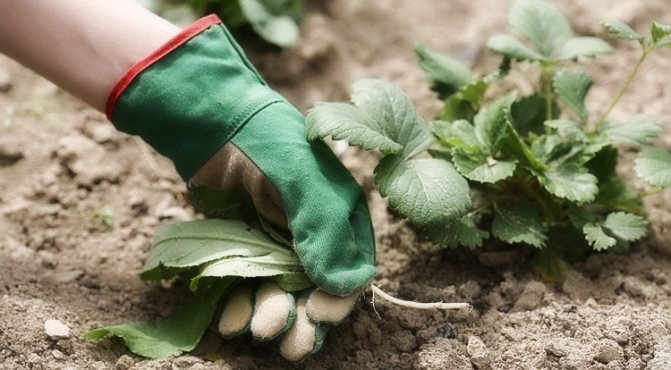

If, after weeding, a small number of weeds still have time to sprout, they will not bring much harm, since they will not be able to scatter their seeds. In order not to damage the root system of "falling asleep" strawberries, it is better to weed out these plants with the onset of spring.
The next important preparation step is trimming the strawberry whiskers. It is necessary to remove all mustaches unnecessary for reproduction, which take away a lot of juice and nutrients from the plant, because of which in the spring the bush can "wake up" very weak or even die altogether. You should also remove the leaves from the bushes (old, rotten and diseased) and burn them outside the site.
Do not forget to loosen the soil - this procedure will saturate the soil with oxygen and allow the roots to breathe freely. Loosening needs to be done not only around the strawberry bushes, but also between the rows.
When loosening, it is important not to bare the roots, but, on the contrary, it is good to huddle the plants.
How to properly insulate strawberries: a step-by-step scheme
Having decided on the covering material, you can start preparing the plantation. Regardless of where the strawberries grow - outdoors or in a greenhouse - before the start of the winter season, they need to be fertilized, spud and mulched.
Experienced gardeners are advised to carry out these works, guided by the following rules:
- In early autumn, weed and loosen the soil around the bushes. It is advisable to remove weeds from the garden before their seeds ripen.
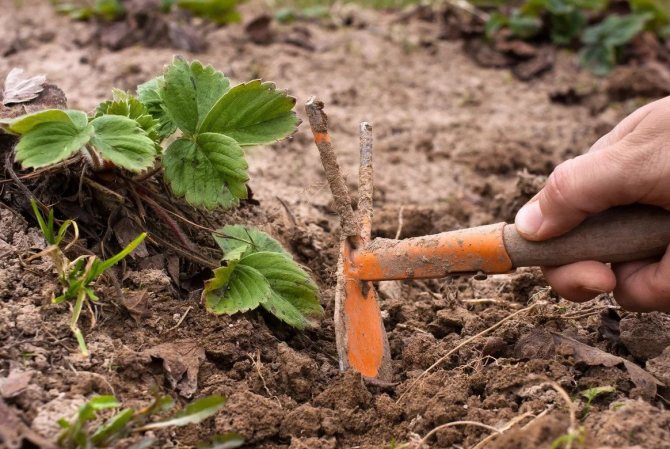

- Transplant the bushes to a new location every 3-5 years. If the plants remain in the same place, be sure to cut the foliage.
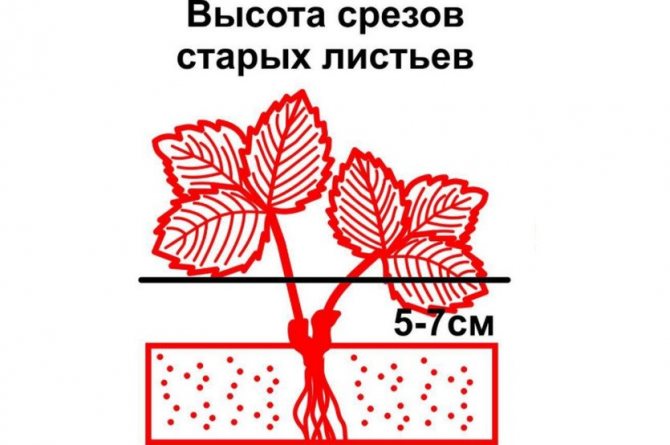

- In late August - early September, trim the whiskers that the plant gave. Otherwise, they will weaken the bush, which is highly undesirable before wintering.
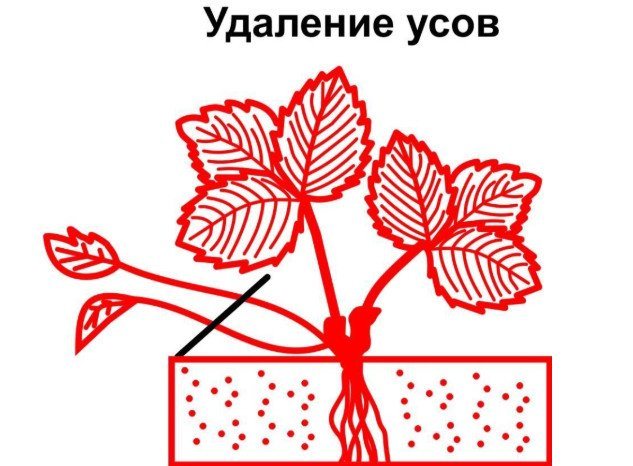

- Apply organic fertilizers in the form of humus or compost. These substances will revitalize the plant and protect it from the cold. However, do not overdo it with their quantities, as excessive doses can destroy the bushes.
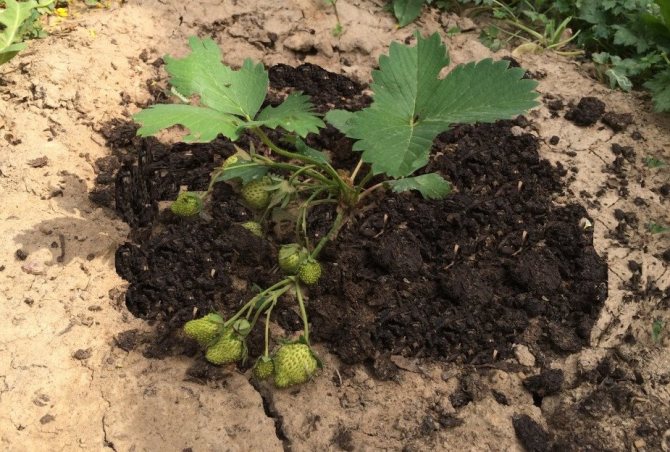

- Carry out preventive spraying of the beds from pests, the most common of which is a transparent mite. In the fight against it, fungicidal preparations or wood ash, karbofos are effective. In the case of slugs and snails, it is recommended to apply metaldehyde.
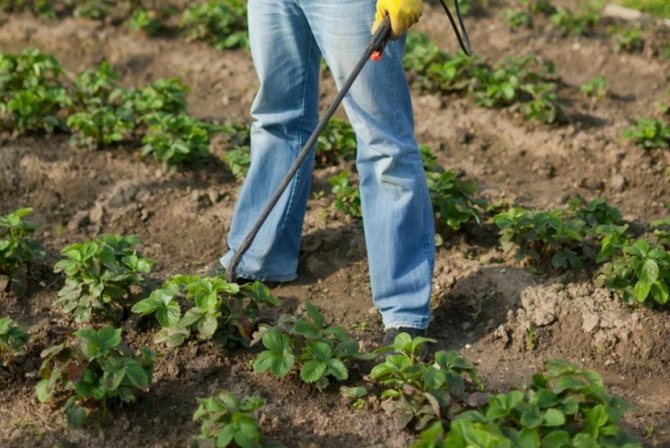

Further actions depend on the place where the strawberries grow.
Important! In the spring, it is recommended to fertilize strawberries and strawberries with nitrogen-containing substances. And during flowering and the formation of the ovary, the plant needs potassium, magnesium, phosphorus and iron.
In the greenhouse
Thanks to the year-round positive temperature regime, greenhouse strawberries begin bearing fruit 1.5–2 months earlier than those that grow in open beds. To maintain stable heat in unheated structures, it is imperative to insulate the plantation.
The gardener should take care of this even before planting the seedlings. It is important that the soil under the strawberries does not freeze... To do this, at the place where its planting is planned, you need to build a low hedge from beams and boards around the perimeter of the garden.
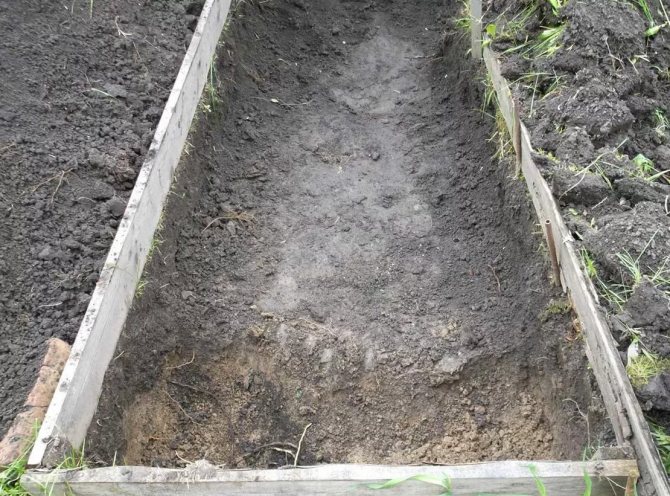

Then spread on the bottom:
- plastic wrap;
- mesh netting;
- a layer of compost or humus up to 10 cm thick;
- a layer of mulched grass up to 12 cm thick;
- a layer of nutrient soil up to 25 cm thick.
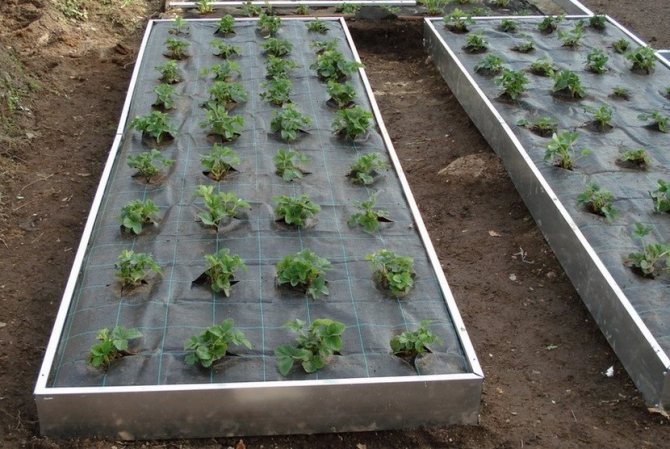

Additionally, a low fence is made of plywood or chipboard. Its sides are covered with plastic wrap or agrofibre.
It is important to control the temperature regime so that the plant does not overheat and does not start premature vegetation.
Top dressing and disinfection
Top dressing is very important when preparing strawberries for wintering. It can be carried out in late September - early October, when the soil is not yet frozen and is able to absorb nutrients.
As a top dressing, you can use ordinary ash, manure, superphosphate and other organic complexes. Ash must be scattered between rows of strawberries, 300 g of ash must be taken per 1 m2 of territory. Apply such dressings as Rosconcentrate or Kemira according to the instructions.
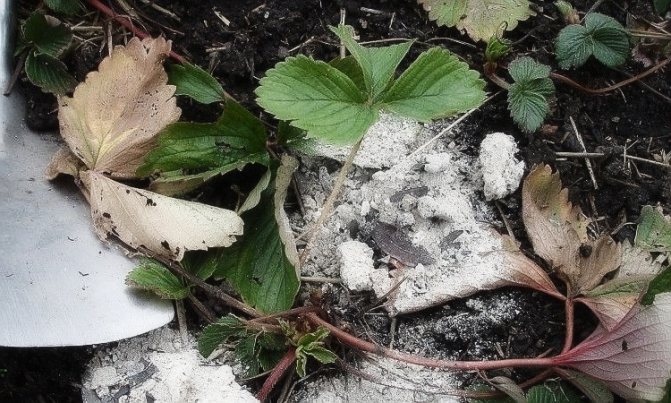

If you are afraid that mold may appear under the layer of covering material, treat the plants with Bordeaux mixture (3% solution). Dissolve 3 g of the mixture in enough water, pour into a spray bottle and spray on the strawberry bushes. Abundant watering is not needed - just moisten the foliage of the plants.
You should not cover strawberries immediately after spraying with Bordeaux mixture or any other composition - the foliage should dry well before sheltering. This usually takes a couple of days. If it rains during this time, the treatment should be repeated.
Tips from seasoned gardeners
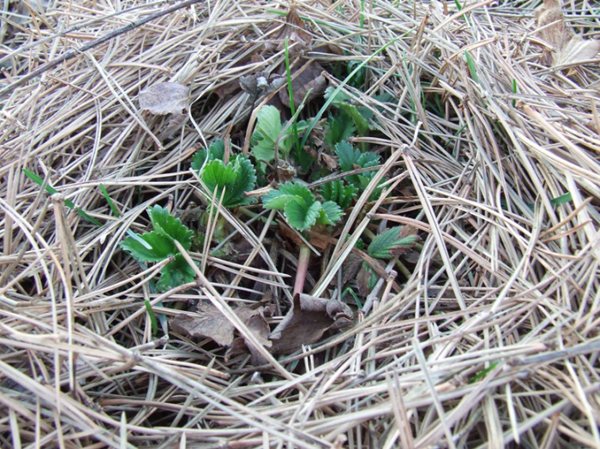

Those who have been growing strawberries for a long time on their site are ready to share the secrets of caring for them. Here are some tricks that can help you better prepare berry bushes for wintering:
- If you are going to mulch the beds with straws, but you know that you have rodents on the site, use an ultrasonic repeller in advance so that the mice leave the area. Otherwise, the shelter and the bushes themselves may be pretty spoiled.
- Before the onset of frost, the strawberry bed must be watered abundantly, this will help keep the roots from freezing even in the event of a serious drop in temperature.
- When covering with spruce branches, make sure that the branches are evenly distributed over the entire surface and completely cover the leaves. Usually about a dozen spruce paws are needed for one bed.
- When constructing a shelter from dry foliage, use tree leaves that take a long time to decompose. Leaf litter is best taken from poplar, horse chestnut, oak, walnut, American maple.
Shelter methods
There are a lot of ways to hide strawberries for the winter - the main thing is to choose the most preferable one, but not only for yourself, but also for plants. So, healthy, perennial, well-developed bushes should simply be covered around with a shelter, and young and weak bushes should be completely covered.
One of the common ways to hide strawberry plants is by mulching. Dry straw, foliage, tree bark, sawdust, hay, shavings, pine needles, humus, peat, grass and even cardboard with paper are natural materials used in soil mulching. Mulch is spread around the strawberry bushes in a layer of 10-20 cm, as well as between the rows, so that frosts cannot get to the roots of the plants.
To preserve snow in the beds, it is recommended to install a low fence around the strawberry plantation (for example, made of PVC panels, boards, etc.). Garden buildings will also help protect the beds from the winds.
Shelter materials
Strawberry shelter materials can be both natural and artificial. Their main task is to keep plants alive and healthy until the onset of spring heat.
Natural covering material can be:
- spruce branches,
- dry stalks of corn or reeds,
- fallen leaves of trees,
- sunflower stalks,
- peat or humus,
- hay or straw
- tyrsa (shavings),
- own strawberry foliage, etc.
When covering strawberries with natural materials, give preference to those that not only warm the plants in winter, but also nourish the soil with useful substances when the snow begins to melt (humus, peat, etc.).
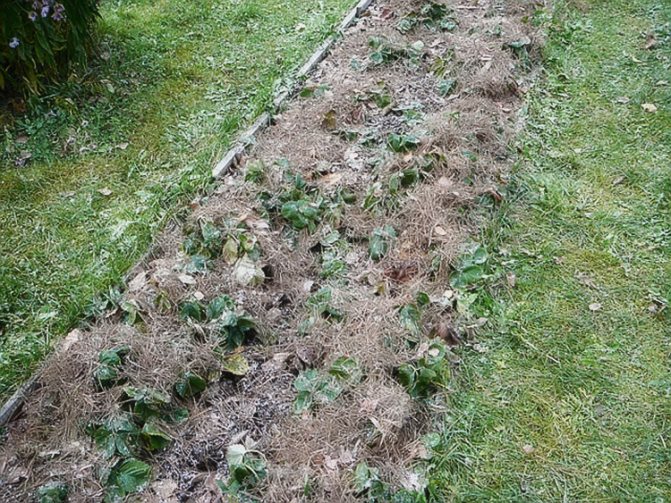

Agrofiber
Modern amateur gardeners do not bother collecting dry foliage, needles or sawdust to shelter strawberries - they replace them with agrofibre. It is an environmentally friendly, non-woven fabric that has undergone a special anti-UV treatment. Very light, letting in sunlight and allowing plants to breathe, this material is able to protect bushes from frost.
Agrofibre has many analogues:
- Spunbond,
- Lutrasil,
- Wrap up,
- Agrospan,
- Agril,
- Spantex, etc.
Straw
Straw is a natural protection of plants, which not only saves from frost, but also prevents rotting of plants. The fact is that straw is capable of releasing fungicides - disinfecting substances that fight mold and mildew. Strawberries under this protection are not only warm, but also healthy.
Foliage
Broadleaf foliage is an excellent covering material for strawberries.Summer residents give the greatest preference to oak leaves - they are less susceptible to rotting than others, which means they can serve as a winter "blanket" for bushes for a long time.
Spruce and pine spruce branches
Pine or spruce branches can be used to build excellent protection for strawberries for the winter. The needles are able not only to keep warm in the garden, keeping a thick layer of snow, but also to protect strawberry bushes from unwanted attacks of rodents: voles, mice, etc. These animals do not like the smell of needles.
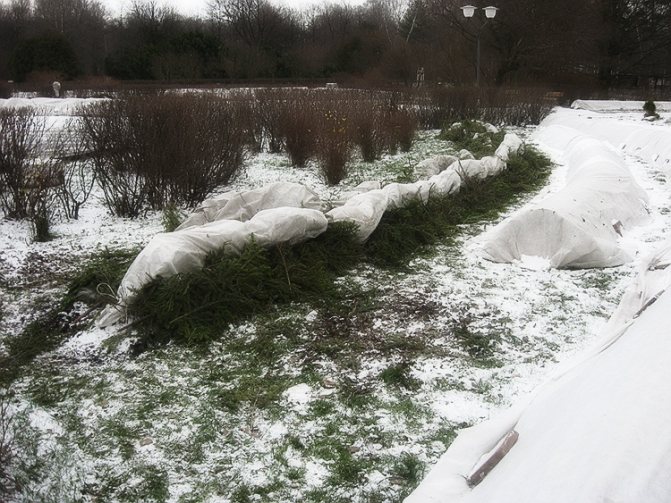

Inorganic and organic mulch
Inorganic mulch, which uses pebbles, stones, sand, gravel, black polyethylene, etc., is good because it does not attract pests and plant pests, and does not decompose and can serve as a shelter for many years. In contrast, organic mulch is subject to decomposition, attracts various insects, but perfectly saturates the soil with useful substances.
What kind of strawberry harvest you harvest in the new season depends only on you and the method of plant protection you choose. Treat this procedure with full responsibility and thoroughness, the result will not disappoint you!
How to shelter from frost
The shelter can be composed of natural and artificial materials. Each of them has its pros and cons, but their general purpose is to eliminate the influence of unfavorable factors to the maximum.
Film
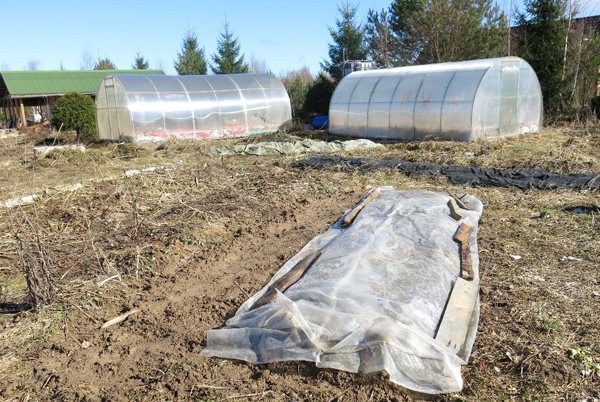

To insulate the beds, you can use a film, covering the plantings with it from above. It is pulled over the ridge, fastened on the sides with boards, logs or other suitable items. The film is the cheapest and most durable material.
Its plus is that it can last for several seasons, and the inability to pass air can be considered a disadvantage. If you are using a film cover, it is better to put arcs that form the cover frame and create an air gap between the film and the bushes.
Agrofibre (covering material)
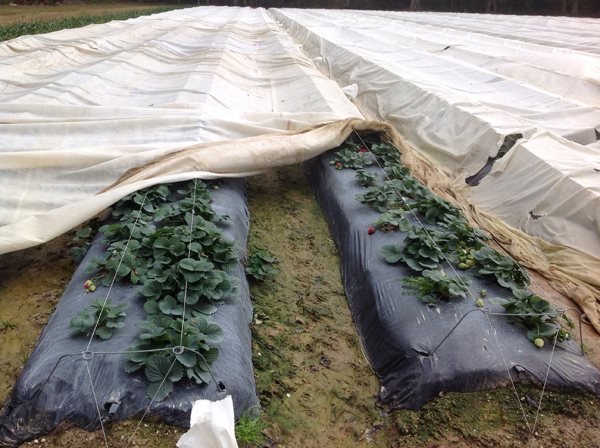

Agrofibre is a type of spunbond, it has a tissue structure and has a different density. It is often called simply - a covering material. It is better to use a denser material as a shelter; you can use both black and white. This shelter allows moisture to pass freely through itself, which prevents the accumulation of condensate inside. Another advantage of agrofibre is its environmental safety, since it is made of polypropylene.
The material retains its performance for up to 4 seasons. In cold regions, this shelter will not work as the main one, but it is permissible to use it in combination with other materials. The disadvantages include the relatively high cost of agrofibre. In areas where there are winter thaws, it is better not to use it due to its ability to let water through. Plants can get wet and then freeze over in frost.
Spunbond
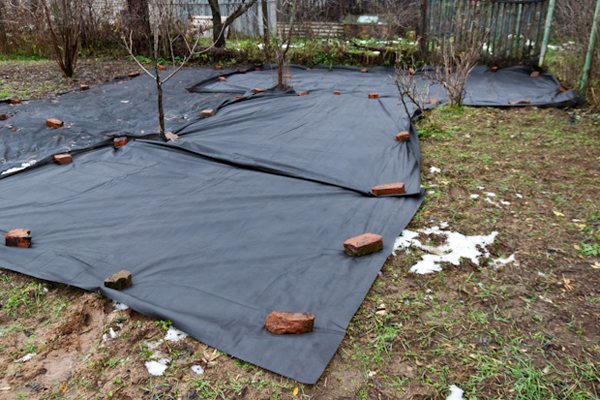

Spunbond is obtained from the finest polymer filaments, which are laid into the canvas with the help of an air flow. It is often used to protect plants from severe frosts. The advantages of the material include a homogeneous structure, which contributes to the uniform distribution of heat and moisture under the shelter, high thermal insulation properties, wear resistance, resistance to low temperatures, inertness with respect to chemicals, resistance to mold.
As long as there is no snow cover, spunbond perfectly protects the plants themselves and their root system from frost and contributes to a smooth entry into wintering. The disadvantages of the material include its low resistance to ultraviolet radiation, but in winter this factor does not matter.
Leaves
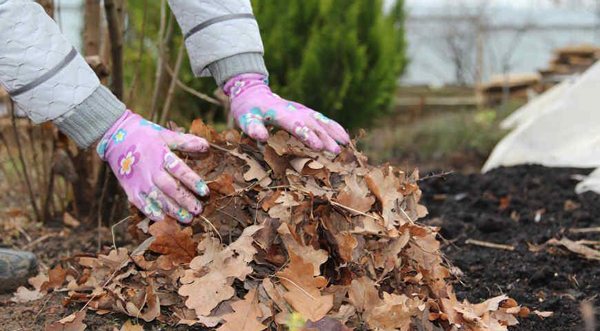

If you are going to use foliage for shelter, it must be harvested in dry weather, immediately after the leaves fall.The advantages of this natural insulation include its availability, organic composition, which will then serve as food for earthworms that increase soil fertility.
Sawdust
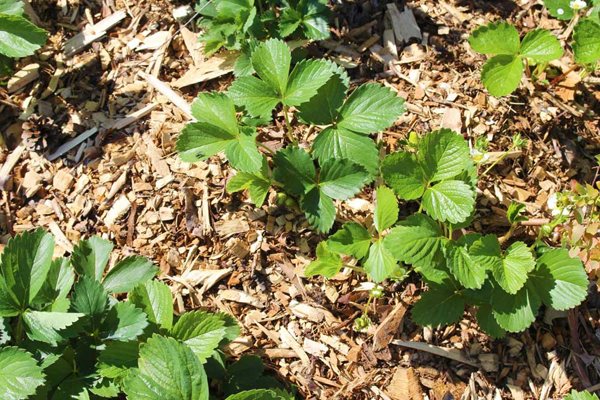

It is advisable to sprinkle strawberries with sawdust in regions where there are frosty and snowy winters. Sawdust will protect the bushes from freezing during the first frost, and later the plant will cover the snow cover. In the area where there is a frequent temperature drop, and the snow either melts or falls again, it is undesirable to use this material.
If, nevertheless, you decide to cover the strawberries with sawdust in a region with an unstable climate, build a frame on the garden bed that needs to be covered with a film on top, and fill the sawdust inside. It is best to mix sawdust with foliage and peat. In the spring, the fertilizer will dissolve in melt water, and the sawdust will settle and inhibit the growth of weeds.
We cover strawberries with sawdust for the winter: video
Plastic bottles
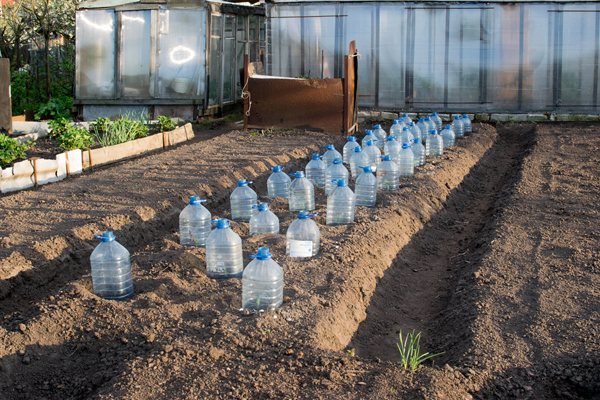

Experienced gardeners do not recommend using plastic bottles to hide strawberries. Plants covered with an airtight flask can vanish during the winter. It is also possible that in the spring the bushes, waking up from hibernation, will grow early, as they will be in conditions similar to those in greenhouses.
The first recurrent frosts will kill young shoots. There is a wide choice of other shelters that will provide reliable and correct wintering, so there is no need to use halves of plastic bottles.
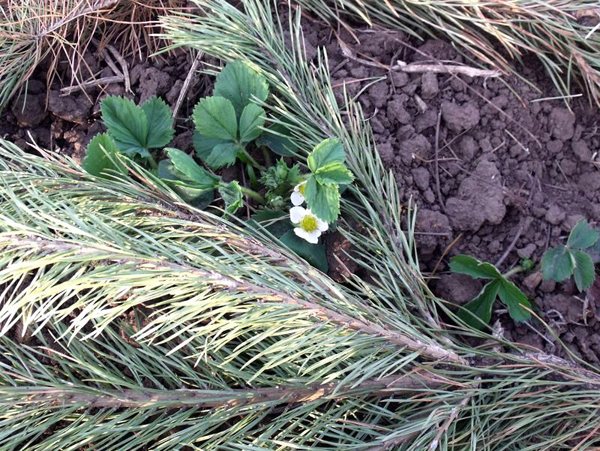

Falling asleep bushes of berries with pine needles is beneficial for several reasons at once:
- The needles do not get wet, do not absorb moisture, which means they will not contribute to the discussion of the bush.
- In the spring, you can mix the remains of the mulch layer with the soil in order to improve its structure and provide additional nutrition.
- Plus, the needles scare away rodents, which can eat strawberry bushes in a hungry winter.
The disadvantage of this method can be considered that the pine needles acidify the soil and in the spring it will be necessary to add additives to neutralize the increased acidity.

